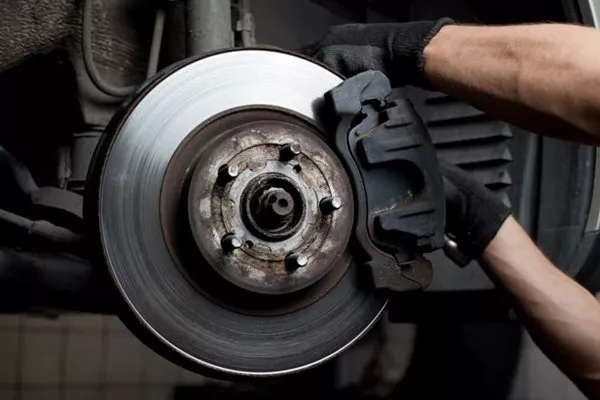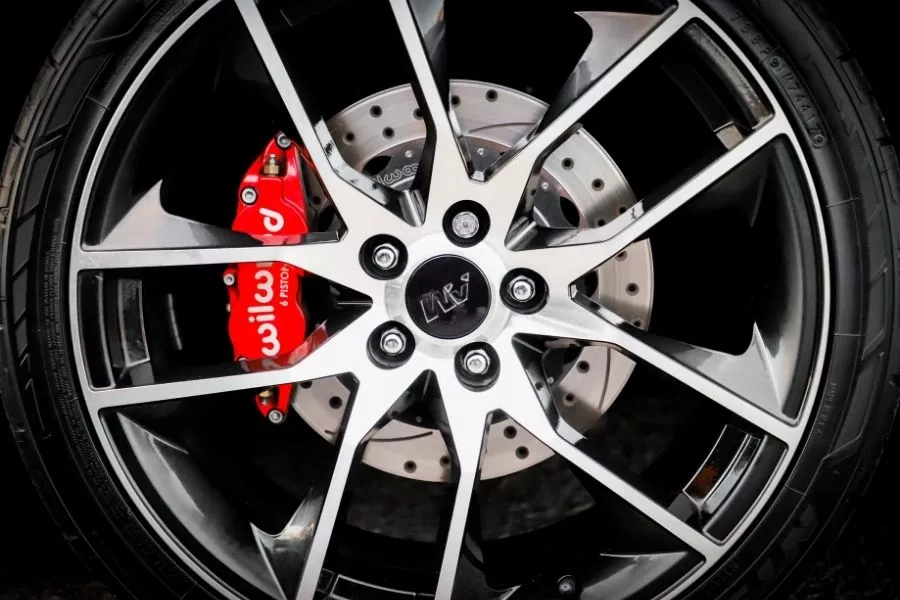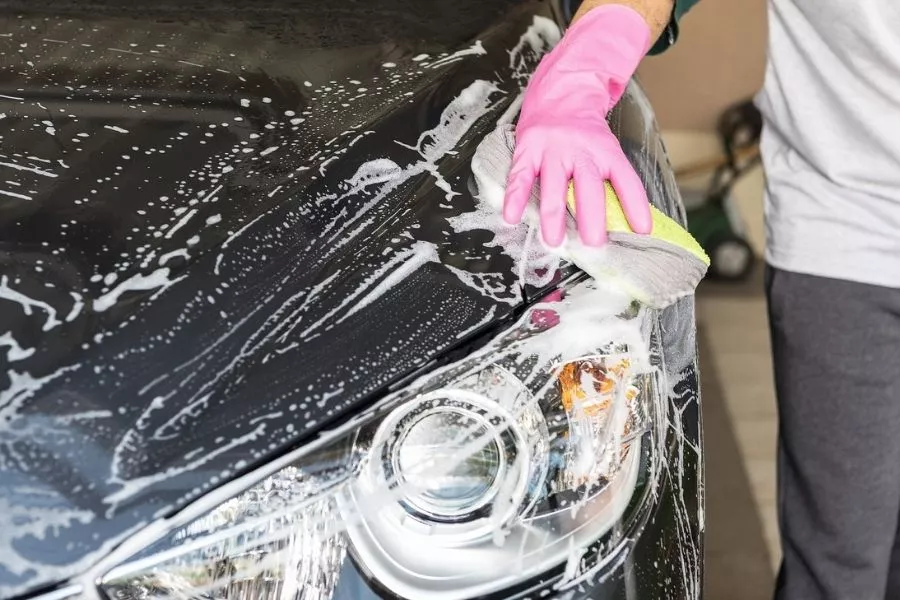What is brake dust?
Most car enthusiasts will tell you that the entirety of your car powertrain including the engine is as important as its braking system. Even you install your car with the biggest and most powerful turbos available or the top-tier performance tiers the world has to offer, you won’t be able to push your car to its limit if it has a bad or faulty braking system.
Since the braking system is an essential component of your car, it is widely used for driving regardless if you are going slow and fast. And as you continually use your car’s brakes over time, it will form what is called the brake dust from the brake pads and rotor.
![Brake dust can lead to unwanted damage to wheels [Photo: Torque] Wheel with brake dust](https://img.philkotse.com/temp/2024/07/27/brake-dust-1-6d2e-dbb0.webp)
Brake dust can lead to unwanted damage to wheels [Photo: Torque]
Brake dust is an iron residue formed as your car’s brake pads and rotor age. This means that if your car starts forming brake dust, then it is completely normal. However, the frequent appearance of brake dust within your braking system could mean that some parts need to be replaced.
Most production vehicles are installed with semi-metallic brake pads, which means that it is composed 40 percent metal materials such as steel and iron. Due to the high-temperature operation and friction that is happening every time you step on the brake pedal, these metal materials tend to be scratched leaving brake dust.

All types of brake pads produce brake dust
Brake dust isn’t a major indication of a failing system. However, it could cause few problems if it is not taken care of in its early stages. If you continuously inhale brake dust, then the debris can be formed in your lungs causing serious health problems. Also, the longer the brake dust stays on your rotor, the more chances it will corrode its surrounding parts most especially the wheels.
As such, we recommend that you remove brake dust whenever you see it present within the wheels or brake rotors. We have listed down some ways you can do to remove brake dust so you can prevent frequent replacement of braking system parts in your car.

Keep your wheels clean from brake dust at all times
How to remove brake dust?
- If you just came home from driving, we recommend that you let your car’s wheel cool down first before starting. We also recommend that you align your wheels straight for easier access when cleaning.
- Spray the wheels with a dedicated wheel cleaner. It is better if you spray on the wheels excessively considering that wheel cleaners are generally affordable to buy. This way, the brake dust present within your wheels is thoroughly removed. Let the wheel cleaner sit for at least a minute.
- The next step is to use a soft-bristled wheel cleaning brush to scrub the wheels. Using a dedicated soft-bristled wheel cleaning brush will help you get the job done easier. However, it is only optional and you can use any brush that won’t scratch your wheels.
- Rinse the wheels with water. If you have pressurized water, then the better. You must remove the wheel cleaner thoroughly as it can damage the wheels if it stays for a long time. The heat from the sun can bake the wheel cleaner resulting in hard-to-remove stains.
- The last step is to dry the wheels with any type of towel, but we recommend that you use a microfiber towel for a more satisfactory result. If brake dust is still present on your car’s wheels, then repeat step number two until these debris are gone.
Use pressurized water for better results
Tips in dealing with brake dust
Tip #1: Install ceramic brake pads
Ceramic brake pads tend to produce less brake dust as compared to metallic brake pads. This type of brake pad also provides high-performance braking power and lasts for a very long time. However, due to the beneficial features a ceramic brake pad offers, it is the most expensive as compared to widely used brake pads such as metallic and organic. Ceramic brake pads almost offer the same eco-friendly efficiencies as organic brake pads.
Tip #2: Apply car brake dust repellent
Applying brake dust repellent to your wheels will provide a layer of protection on your wheels which prevents brake dust from sticking to the surfaces. You can apply this every two to three months, depending on how much time you spend on the road. Of note, only apply a brake dust repellent on your wheels after removing the brake dust for a cleaner look.
Tip #3: Replace brake pads when due
The longer your brake pads are due, the more they will produce brake dust. As such, replace them at every recommended interval. On average, brake pads last for around 45,000 km to 80,000 km, or around two to three years. The lifespan can increase or decrease depending on how you use your brakes. Replacement them whenever they show signs of failure to prevent brake dust from forming and to be safer on the go.

You might as well wash your car while you're at it
FAQs about brake dust
Q: Where do brake dust come from?
Since brake pads are composed of metals, they tend to produce brake dust due to friction and its high-temperature operation.
Q: How long do brake pads last?
You can expect that your brake pads will last for around 50,000 km. If you live near roads with steep slopes, then you are more likely to replace your brake pads more frequently.
Q: Are brake dust dangerous?
Yes, brake dust is composed of metal debris such as iron and steel which can be harmful if fed to your lungs.
Q: What are the different types of brake pads?
Three common types of brake pads are available in the aftermarket, namely ceramic brake pads, metallic brake pads, and organic brake pads.
Q: How much is a brake pad in the Philippines?
You can get a brake pad in the Philippines for around Php 1,000 each. If you decide to replace your brake pads, then it is recommended that you replace all four on your car to achieve better braking performance.
Here at Philkotse.com, we value your interest in the automotive industry. Visit our website to find out more.
Recent posts
- Brake warning light stays on Apr 01, 2021
- 6 signs showing that your car's brake system needs maintence Mar 17, 2021
- Easy cleaning tips for 5 different types of steering wheel Mar 04, 2021












